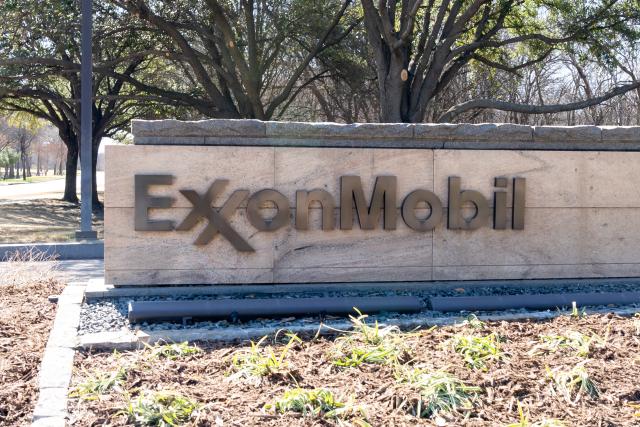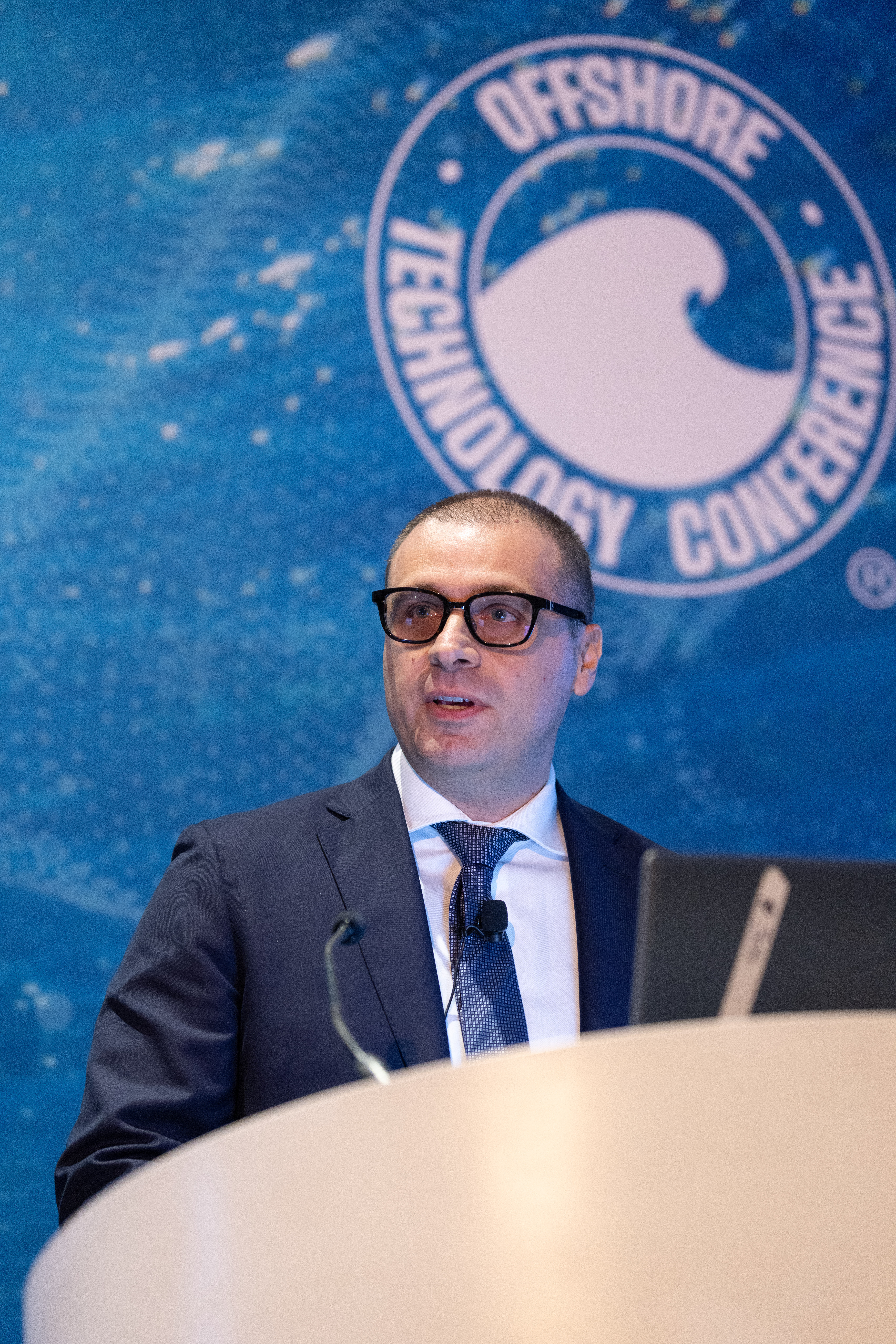
Exxon Mobil’s campus in Irving, Texas. (Source: Shutterstock)
Texas-based Exxon Mobil remains keen on exploration opportunities in Brazil, Alberto Ferrin, general manager of the energy giant’s Brazilian affiliate, said May 1 during the Offshore Technology Conference in Houston.

The executive’s comment came during a panel session about Brazil’s energy sector — in reference to a question around a recent Wall Street Journal article claiming the company had quit drilling in Brazil after failing to find oil.
“To that I would say very crystal clear that Exxon Mobil is not quitting exploration in Brazil at all,” Ferrin told over 400 attendees to packed into the session room. “The reality is we have a long-term commitment with Brazil.”
The company, which last year celebrated 110 years operating in Brazil with more than 2,000 employees, has three main businesses: upstream in Rio de Janeiro, product solutions or chemicals in Sao Paulo and a global business center in Curitiba, Ferrin said.
Also, Ferrin said Exxon Mobil continues to hold interest in 26 exploration blocks, of which it operates 17.
$8 billion Bacalhau Phase I development
The Bacalhau Field development, a partnership between Exxon Mobil, Equinor and Galp Energia, is the first greenfield development in the Brazilian pre-salt being done by an international consortium, the executive said.
Phase I of Bacalhau requires an investment of $8 billion. Under the planned time frame, first oil is slated to flow in 2024 from an FPSO unit with a capacity to produce 220,000 bbl/d.
The companies started drilling development wells in fourth-quarter 2022 and have increased their drilling capacity with a second rig, which is scheduled to start this year. The companies are looking forward to first oil soon, Ferrin said.
RELATED
LatAm Outlook 2023: Brazil, Guyana Anchor Production Growth
“So, again very crystal clear, we’re not quitting exploring in Brazil,” Ferrin said. “Our teams know that [and] so do our partners, the government and the regulators.”
Recommended Reading
Enbridge Advances Expansion of Permian’s Gray Oak Pipeline
2024-02-13 - In its fourth-quarter earnings call, Enbridge also said the Mainline pipeline system tolling agreement is awaiting regulatory approval from a Canadian regulatory agency.
CorEnergy Infrastructure to Reorganize in Pre-packaged Bankruptcy
2024-02-26 - CorEnergy, coming off a January sale of its MoGas and Omega pipeline and gathering systems, filed for bankruptcy protect after reaching an agreement with most of its debtors.
NGL Growth Leads Enterprise Product Partners to Strong Fourth Quarter
2024-02-02 - Enterprise Product Partners executives are still waiting to receive final federal approval to go ahead with the company’s Sea Port Terminal Project.
After Megamerger, Canadian Pacific Kansas City Rail Ends 2023 on High
2024-02-02 - After the historic merger of two railways in April, revenues reached CA$3.8B for fourth-quarter 2023.
Canadian Natural Resources Boosting Production in Oil Sands
2024-03-04 - Canadian Natural Resources will increase its quarterly dividend following record production volumes in the quarter.






